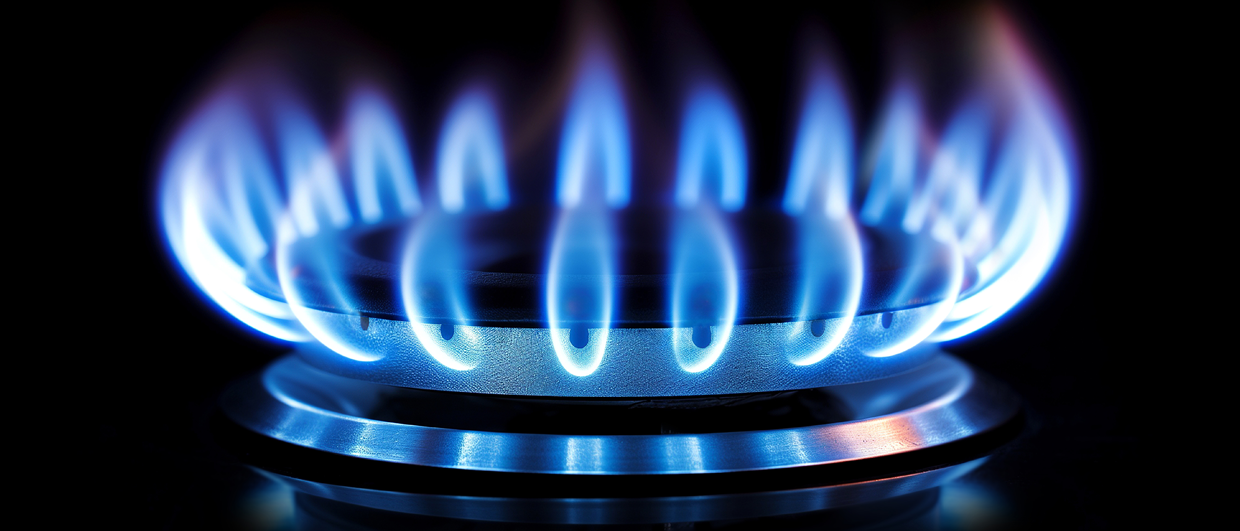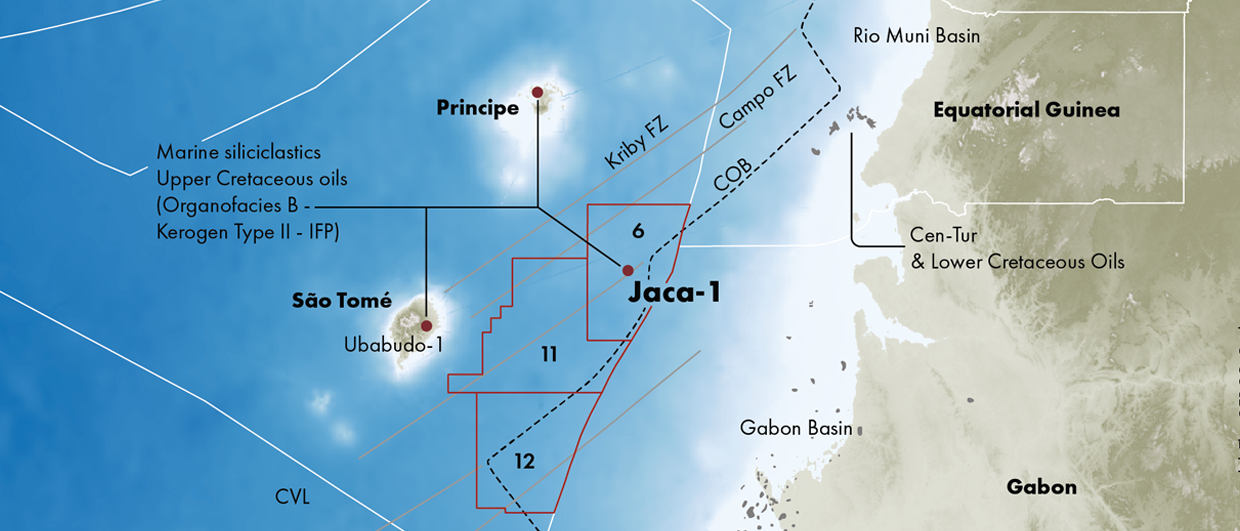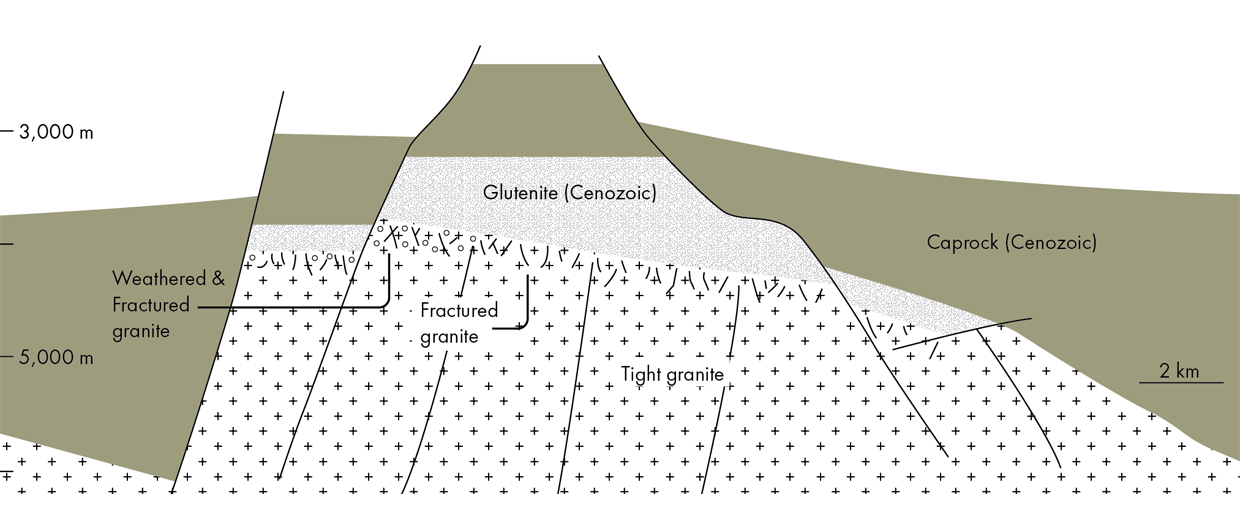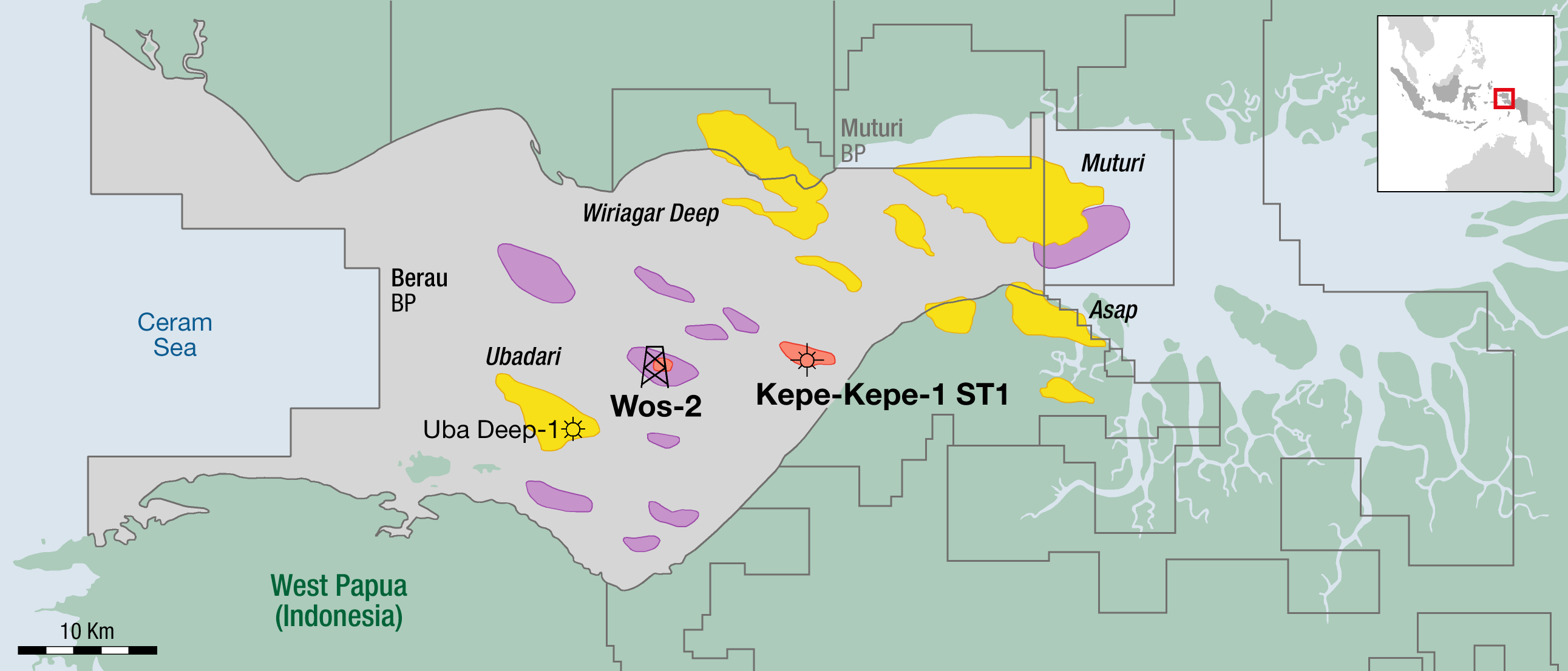On June 20, 2012, Sale 222 became the fourth largest sale in the prolific central Gulf of Mexico with 56 companies participating. This was the second lease sale in the Gulf since the Deepwater Horizon disaster. The first was held in December, 2011 in the western Gulf and received $337.7 million in high bids. The active bidding was in spite of new safety measures and requirements the federal government imposed after BP’s catastrophic blow-out and oil spill in 2010. Acreage was snapped up in the Mississippi Canyon in the vicinity of the explosion. This area had the most bids per block at seven and received the single highest bid for the sale from Statoil for $157 million.
Apache Corporation won the most (61 blocks) with BP second, winning 43. Shell spent the most money at $406.5 million, gaining 24 blocks, with Statoil coming in second, with 26 blocks for over $333 million.
While the shallow water (0 to 200m) Gulf leases had the most blocks receiving bids at 193, it was clear that companies are looking for the huge rewards the deep Gulf waters have produced. Blocks in waters greater than 800m received 90% of the winning high bid total spent by companies. In water depths of 800 to 1,600m, 75 blocks with a seven-year lease term received winning bids totaling $633.5 million. In water depths greater than 1,600m, which carry a 10-year lease term, 146 blocks received winning bids totaling over $906 million. The deepest block receiving a bid was located in 3,062m of water. The royalty rate for all blocks is 18.75% and the lease term for blocks shallower than 800m is five years.
Government resource assessments published in 2011 put the undiscovered technically recoverable oil and gas resources for the total US outer continental shelf at 159.5 Bboe, with the central Gulf comprising a third of that at 54.7 Bboe. The EIA puts 84% of those resources in deep water and about 80% of the production from Federal waters. The Gulf of Mexico area currently produces about 1.6 MMbopd which constitutes 29% of US crude production. Twenty-three new deepwater projects due to come on stream over the next two years are projected to push the Gulf’s production higher.
Active Drilling and Record Depths
Shell’s 1987 gas discovery in the Mississippi Canyon was the Gulf of Mexico’s first in deep water exceeding 5,000 feet (1,524m). Since then there have been at least 64 confirmed ultra-deep discoveries in the Gulf, with over 100 deepwater production projects brought on line since 1995. One of these, the Perdido development located 354 km offshore Galveston, Texas, started pumping oil from the Tabago Field (the second field brought on line in the area) in November, 2011. At a water depth of 2,934m, it is currently the deepest production in the world. As this is about as deep as the Gulf gets, the entire Gulf is now well within reach.
It seems that the drilling moratorium imposed after the BP spill did little to dampen the industry’s enthusiasm for deepwater Gulf prospects. By early 2012, there were more rigs in the Gulf designed to drill its deep water than before the spill. Drilling activity is slowly picking up and is expected to reach pre-Macondo drilling levels by the end of this year.





